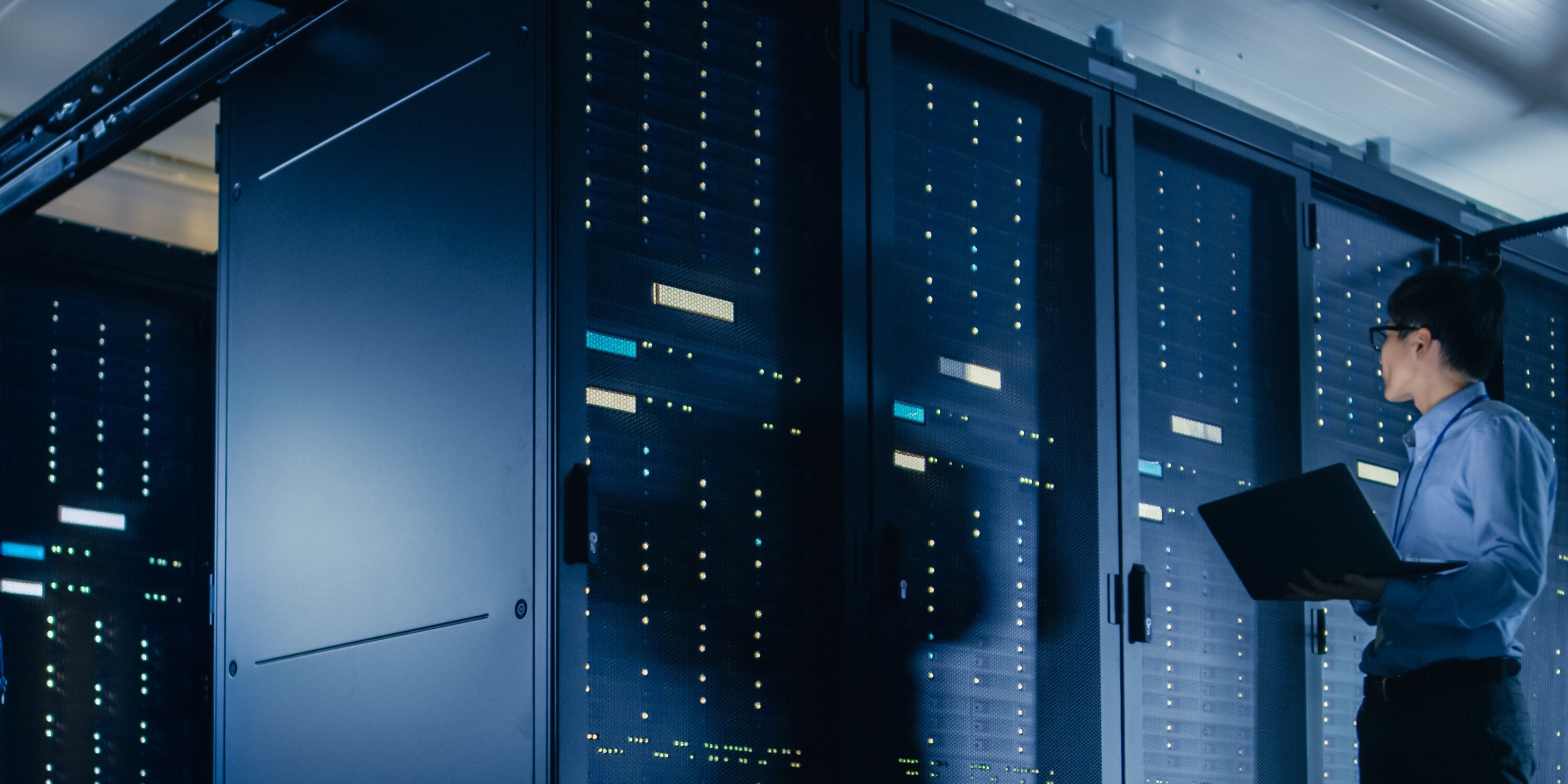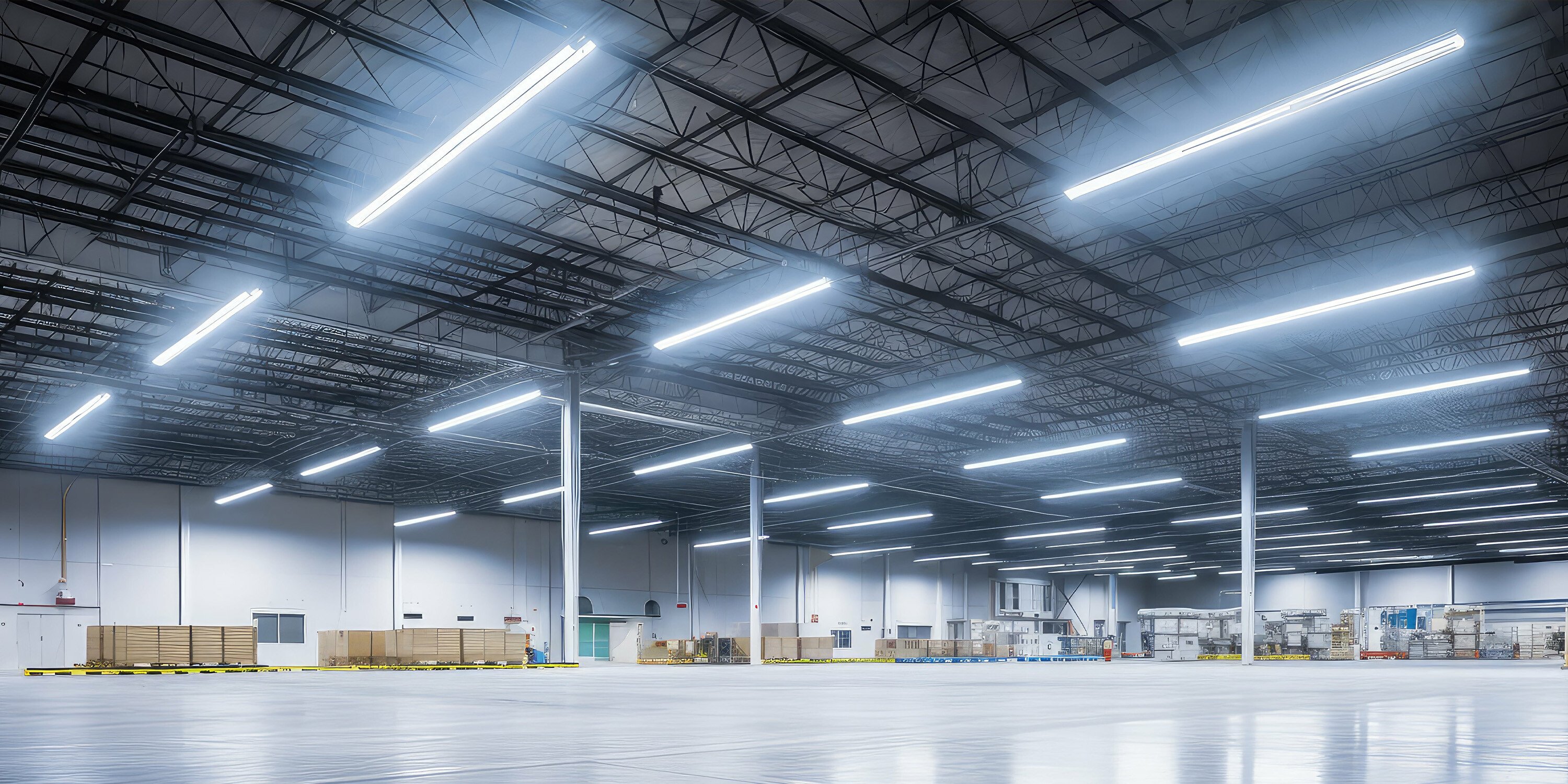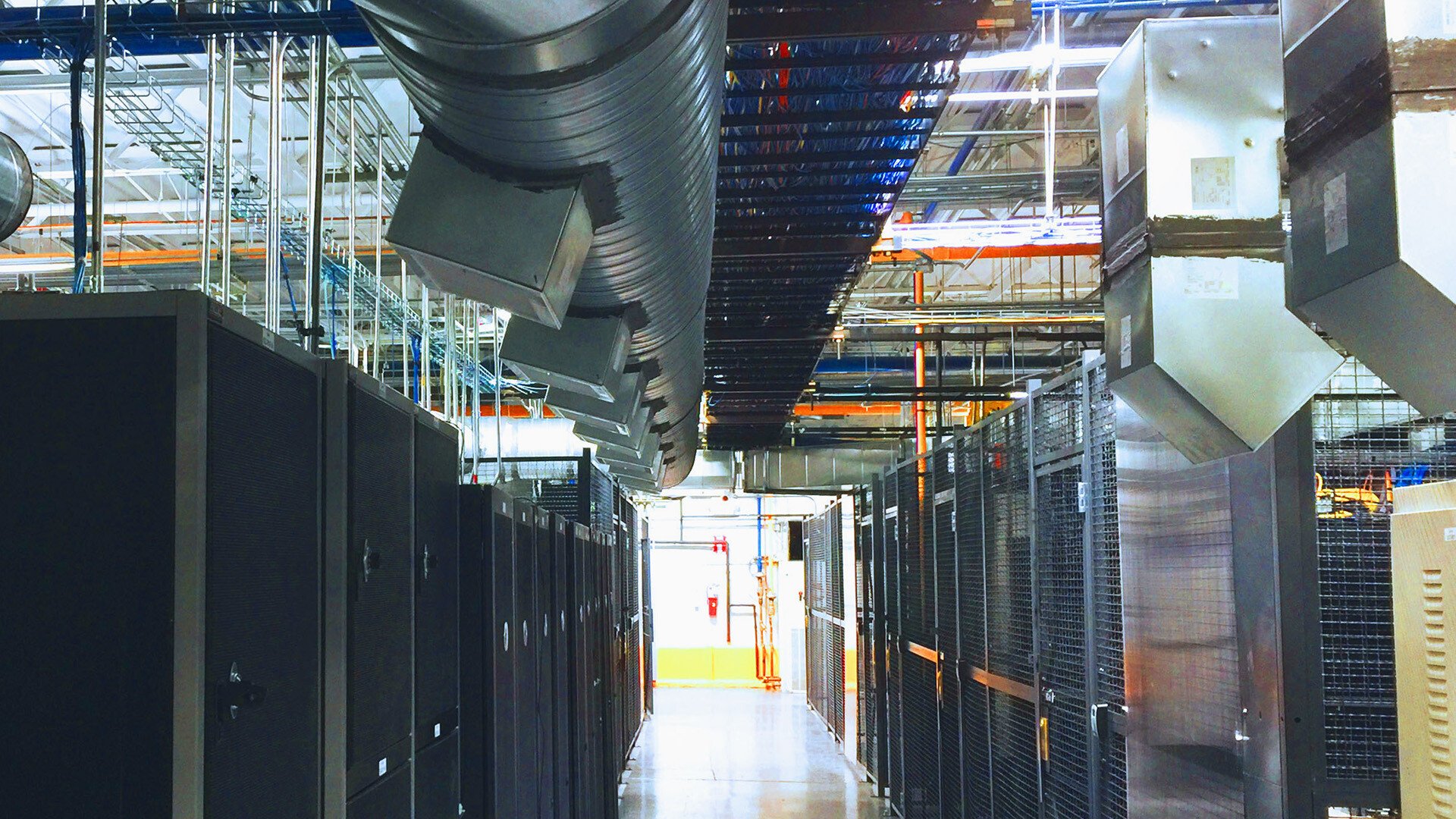Energy Efficiency | January 1, 2021
Energy Efficiency in the Aftermath of 2020: A Halfway Review of 2021
Nearing the end of my co-op at Mantis Innovation, I find the opportunity to reflect on not only the company I was welcomed into for the past 6 months, but the energy industry as a whole. As someone who did not come from a background in energy nor engineering, I can confess I was initially hesitant of my contributive efforts in the marketing department. The passion for sustainability I arrived with on that first day in January felt insignificant in comparison to the complexity and nuances I was certain to meet within the energy industry. My co-op undoubtedly provided me with incredible experiences that allowed me to expand my understanding of energy efficiency. I learned that understanding energy consumption levels and efficiency are not always straightforward and requires context.
Energy efficiency – as an industry and as a business – is complex and nuanced. It never stops changing as technology continues to develop and the social attitude towards conservation proliferates. This fact – one that could not have been better learned than during a global pandemic – encourages us to reflect on the past six months of energy consumption in the United States specifically in context to the experiences this country has undergone.
A pandemic’s effect on the economy and energy demand
The start of 2021 marked the second year of the COVID-19 pandemic, a disruptor for most businesses across all industries. In the 9th Annual Sustainable Energy in America Factbook, The Business Council for Sustainable Energy comments that the sharp decline in energy consumption this year most likely reflects economic hardships as suffering businesses and consumers cut back on energy to reduce spending.
However, as vaccines roll out this year and stimulus packages indicate a brighter future for business owners and consumers, we can see the seemingly endless pause that was put on the United States economy in 2020 come to an end. The changes this year are expected to create a rebound in the country’s economy as well as a projected increase in energy demand by about 4%.
I learned now more than ever, businesses need to optimize their equipment and infrastructure to best maximize efficiency. In doing this, business owners are presented with opportunities to reduce the country’s energy consumption as well as cut their own costs. In my co-op I have come to understand how significant this can be. For example, offices with many remote workers can benefit from adding sensors and lighting controls to reduce the energy use in inactive spaces.
Taking advantage of incentives in 2021
The impact of the pandemic was significant on commercial and industrial rebate programs due to the reduction of capital expenditures and the cancelation of many projects. In response, utilities across the country have increased incentives through the addition of subsidy programs. These utility companies encourage building owners and executives to take on projects that will decrease their energy consumption by offering rebates that ultimately reduce the initial cost.
There is an abundance of different reasons to take advantage of utility incentives when initializing efficiency projects. For example, a company looking to complete a project this year can benefit from an attractive return on investment and environmental impact.
It’s time to prioritize your next energy efficiency project
As the United States begins to recover from the effects of 2020, it's critical that you begin your efficiency projects now. Operations across the country are opening back up and incentives for these projects are high. Whatever your motivation is for taking on an efficiency project – financial, environmental, or operational – you can be sure that every month you wait to start, you are losing potential long-term savings. This is the cost of waiting, and it’s an important concept to be aware of if you are still finding reasons not to act.
How it works
Since at this point your facility is (probably) not completely optimized for efficiency, you are overusing energy and therefore overpaying for it. Though there is a higher initial cost to implement efficiency solutions, the monthly savings post optimization significantly add up and can quickly pay back the cost of the project. If there is anything we learned from last year’s events, it is that things can change suddenly and drastically. This is why it makes financial sense work with a turnkey solutions company as they have the experience and knowledge to guide you through the steps towards completion.
During my time at Mantis, I came to understand how beneficial working with this type of company can be. FES conducts free energy audits to identify efficiency opportunities and custom engineered solutions to best fit your needs and budget. We work with utility companies to qualify projects for utility incentives which can be substantial.
Looking ahead to the rest of 2021
6 months after the end of 2020, we can predict certain outcomes for energy consumption in the United States and infer as to what the energy industry will look like. When reaching the tail end of a global pandemic we can notice the demand for energy increase but actively work to reduce consumption.
As we analyze and take note of the past, it's important we remember to be hopeful and excited for the future. This is something I can confidently say that I am as I close my time at Mantis Innovation. Before, during, and after a significant global event, Mantis prioritized sustainability and worked hard to save their community money with custom engineered solutions and innovation. After my time here I also continue to prioritize my interest in sustainability and intend to take my newfound understanding of efficiency with me into my future experiences.
Related Posts
Discover more content and insights from Mantis Innovation

The Cost of Inaction: Why Businesses Should Act Now on Energy Efficiency
In today's fast-paced business environment, the financial and operational losses businesses incur by delaying energy efficiency improvements, the "cost of inaction," is more relevant than ever.

In today’s AI era, human intelligence is the key to data center facility and energy optimization
Nowhere else in modern industry do artificial and human intelligence converge with such transformative potential as in the world of data centers. As AI's extraordinary growth accelerates demand for

Your Guide to LED Lighting for Business and Commercial Buildings
Never to be underestimated, LED lighting and well-designed lighting retrofits and upgrades offer businesses big improvements like reduced energy costs, reduced emissions, and improved working

Five Trends Driving Data Center Facility Energy Optimization
Today’s digital economy, commercial and industrial digitalization, and the recent explosion in artificial intelligence and machine learning (AI/ML) powered computing are driving massive growth in